
Marquess of Normanby is a title that has been created twice, once in the Peerage of England and once in the Peerage of the United Kingdom. The first creation came in 1694 in the Peerage of England in favour of John Sheffield, 3rd Earl of Mulgrave. He was a notable Tory politician of the late Stuart period, who served under Queen Anne as Lord Privy Seal and Lord President of the Council. In 1703 this first Marquess of Normanby was further honoured when he was made Duke of Buckingham and Normanby. These titles became extinct on the death of the 2nd Duke in 1735.
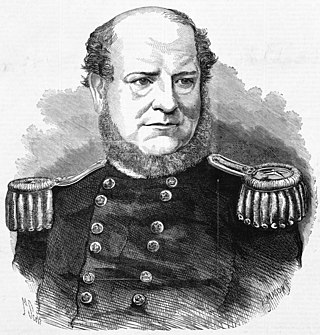
George Augustus Constantine Phipps, 2nd Marquess of Normanby, styled Viscount Normanby between 1831 and 1838 and Earl of Mulgrave between 1838 and 1863, was a British Liberal politician and colonial governor of Nova Scotia, Queensland, New Zealand and Victoria.
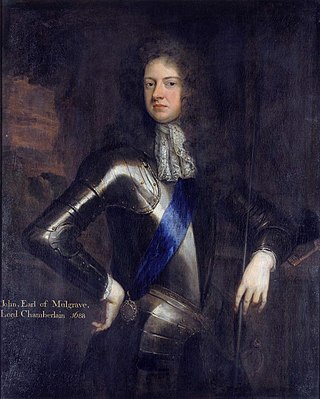
Duke of Buckingham and Normanby is a title in the Peerage of England. The full title was Duke of the County of Buckingham and of Normanby but in practice only Duke of Buckingham and Normanby was used. The dukedom was created in 1703 for John Sheffield, 1st Marquess of Normanby KG, a notable Tory politician of the late Stuart period, who served under Queen Anne as Lord Privy Seal and Lord President of the Council. He had succeeded his father as 3rd Earl of Mulgrave in 1658 and been made Marquess of Normanby in 1694.

General Henry Phipps, 1st Earl of Mulgrave,, styled The Honourable Henry Phipps until 1792 and known as The Lord Mulgrave from 1792 to 1812, was a British Army officer, politician and peer. He notably served as Foreign Secretary under William Pitt the Younger from 1805 to 1806.
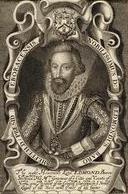
The title Earl of Mulgrave has been created twice. The first time as a title in the Peerage of England and the second time as a Peerage of the United Kingdom.

Robert Ward, or from 1828 Robert Plumer Ward, was an English barrister, politician, and novelist. George Canning said that his law books were as pleasant as novels, and his novels as dull as law books.
Constantine Edmund Walter Phipps, 5th Marquess of Normanby, is a British peer, novelist, poet, and entrepreneur.

Thomas Taylour, 1st Earl of Bective, KP, PC (Ire) was an Irish peer and politician.

Oswald Constantine John Phipps, 4th Marquess of Normanby,, styled Earl of Mulgrave until 1932, was a British peer and philanthropist for blind people.

Charles Dillon-Lee, 12th Viscount Dillon, KP, PC (Ire) (1745–1813) conformed to the established religion in 1767 and inherited Ditchley in England from his mother.
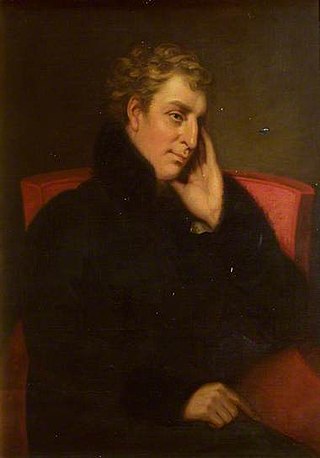
Henry Augustus Dillon-Lee, 13th Viscount Dillon (1777–1832), was an Irish politician, soldier and writer. Despite being a Protestant, he supported Catholic emancipation in Ireland and wrote on the topic. He sat as MP for Harwich in England in the last parliament of Great Britain and the first parliament of the United Kingdom. In the second parliament of the United Kingdom he sat for County Mayo in Ireland. Through his daughter Henrietta, he was ancestor to Clementine Hozier and to the Mitford sisters.

Fashionable novels, also called silver-fork novels, were a 19th-century genre of English literature that depicted the lives of the upper class and the aristocracy.

Colonel Sir Charles Beaumont Phipps, was a British soldier and courtier.

Mulgrave Castle refers to one of three structures on the same property in Lythe, near Whitby, North Yorkshire, England. One of these, known as the "old" or "ancient" castle, was by legend founded by Wada, a 6th-century ruler of Hälsingland. The second castle, caput of the feudal barony of Mulgrave, was of Norman construction and remained active until destroyed by order of Parliament in 1647. The third is a country house which was constructed by Lady Catherine Darnley and passed in 1718 by marriage into the Phipps family, when her daughter Lady Catherine Annesley married William Phipps. The Phipps family later held the titles of Baron Mulgrave, Earl of Mulgrave and Marquess of Normanby.
Constantine Phipps, 1st Baron Mulgrave was an Irish peer. In 1767 he was created Baron Mulgrave, of New Ross in the County of Wexford, in the Peerage of Ireland.
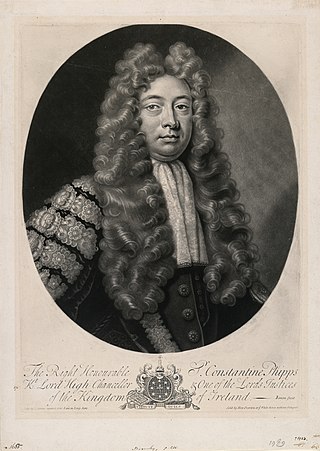
Sir Constantine Henry Phipps (1656–1723) was an English-born lawyer who held the office of Lord Chancellor of Ireland. His term of office was marked by bitter political faction-fighting and he faced repeated calls for his removal. His descendants held the titles Earl of Mulgrave and Marquess of Normanby. Sir William Phips, the Governor of Massachusetts 1692–94, was his first cousin.
Constantine Charles Henry Phipps, 3rd Marquess of Normanby DL was a British hereditary peer and Church of England clergyman who was a Canon of Windsor from 1891 to 1907.
Nicola Shulman Phipps, Marchioness of Normanby , is a British biographer, former model, and aristocrat. After her marriage in 1990 she initially became Countess of Mulgrave and since 1994 she has been known as Nicola Phipps, Marchioness of Normanby.
Phipps is a surname derived from the given name Philip.
Catherine Sheffield, Duchess of Buckingham and Normanby was an illegitimate daughter of King James II of England, and was married to two English noblemen in succession.

















